Cardinal Angelo Acciaiuoli
Owners
Cardinal Angelo Acciaiuoli (1340-1408) was a major patron of Florentine artists, including Gherardo Starnina and the illuminators involved in the production of his Missal. He resided mostly in Rome after becoming Chancellor of the Holy See in 1387, and especially after he was appointed Archpriest of St Peter’s in the Vatican in 1404 and Dean of the College of Cardinals in 1405. Nevertheless, from 1385 until his death Acciaiuoli was also the commendatory abbot of the Badia in Florence, a Benedictine monastery with an active scriptorium. The Badia’s account books, which survive in the State Archives of Florence, preserve the names of the artists responsible for Acciaiuoli’s Missal. Three of them painted the Cardinal’s portrait within the volume.
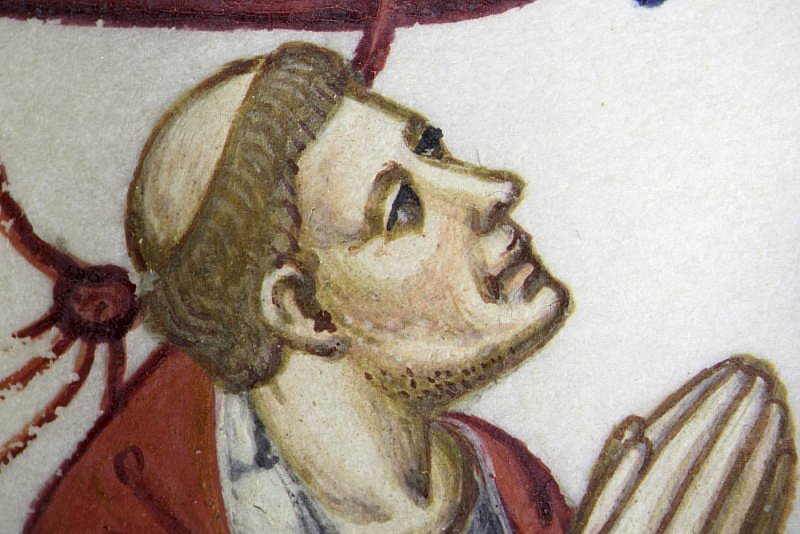

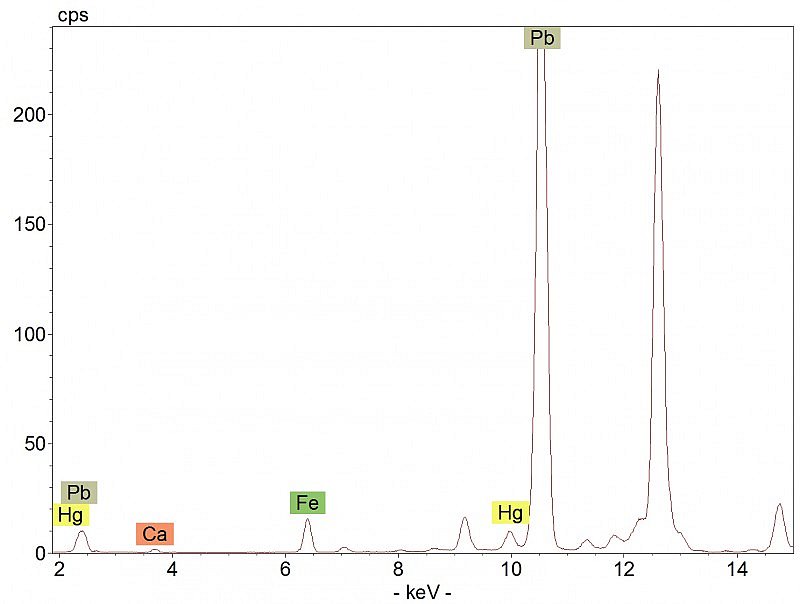
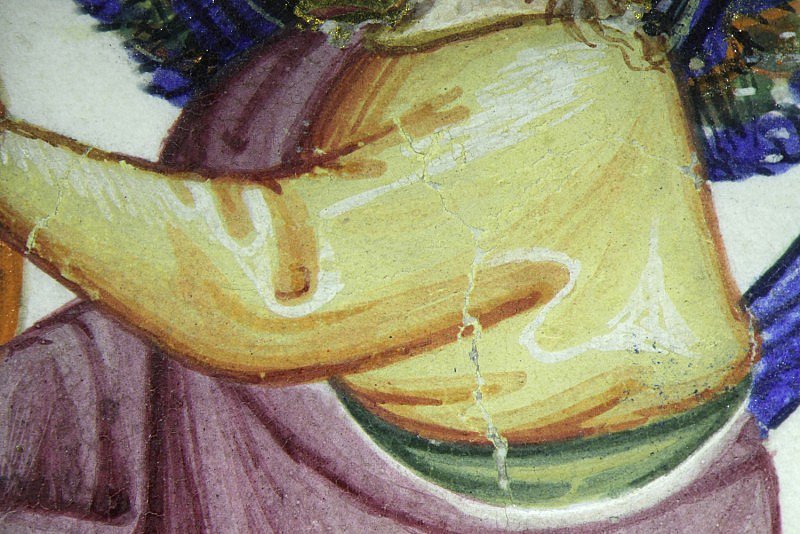
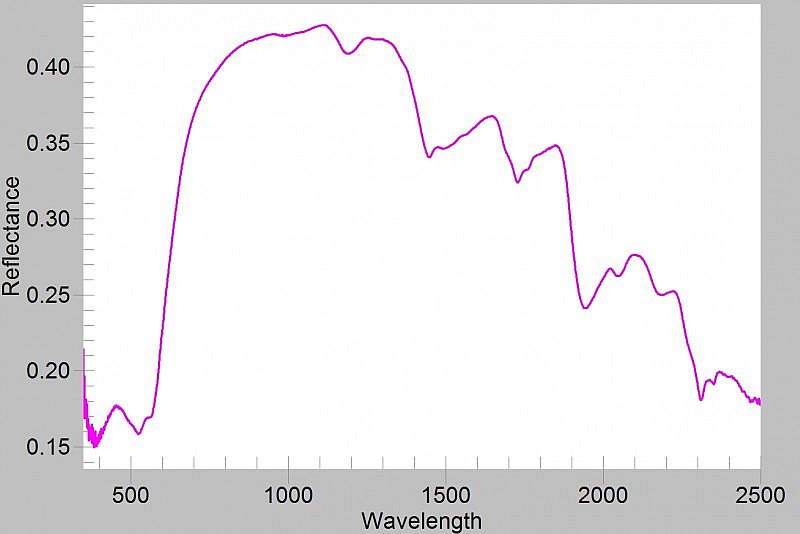
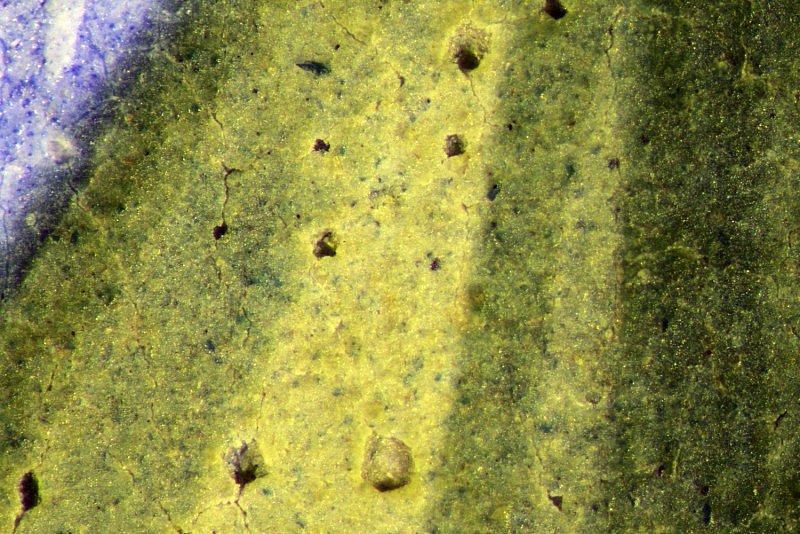
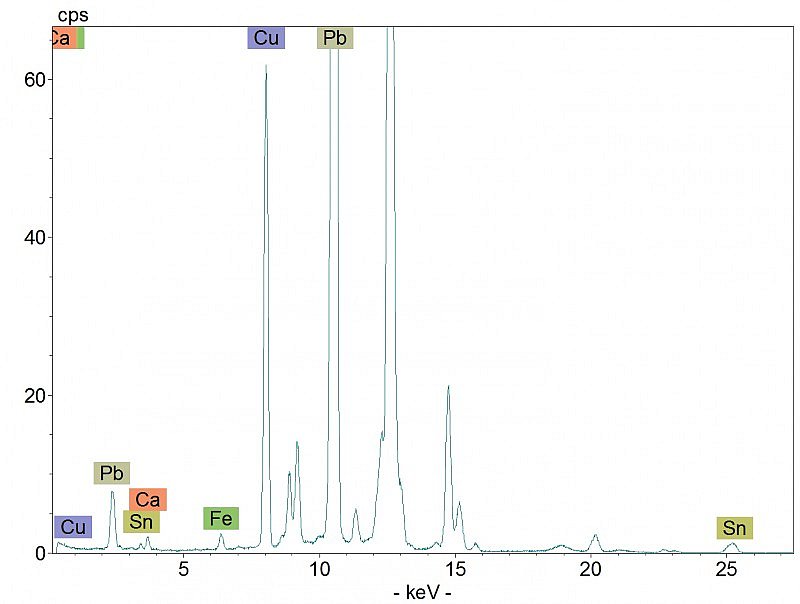
Historiated initial A with Christ blessing and border with Angelo Acciaiuoli’s portrait and arms (Mass for Advent Sunday)
The elegant figures with delicate faces are representative of Hand A. The complex modelling and careful blending of the flesh tones demonstrate his remarkable technical skill (hotspots 1 and 2). He used egg yolk as a binder to paint the figures, both in the miniature and in the border (hotspot 3), and favoured mixtures of azurite with yellow pigments to obtain green hues (hotspot 4).